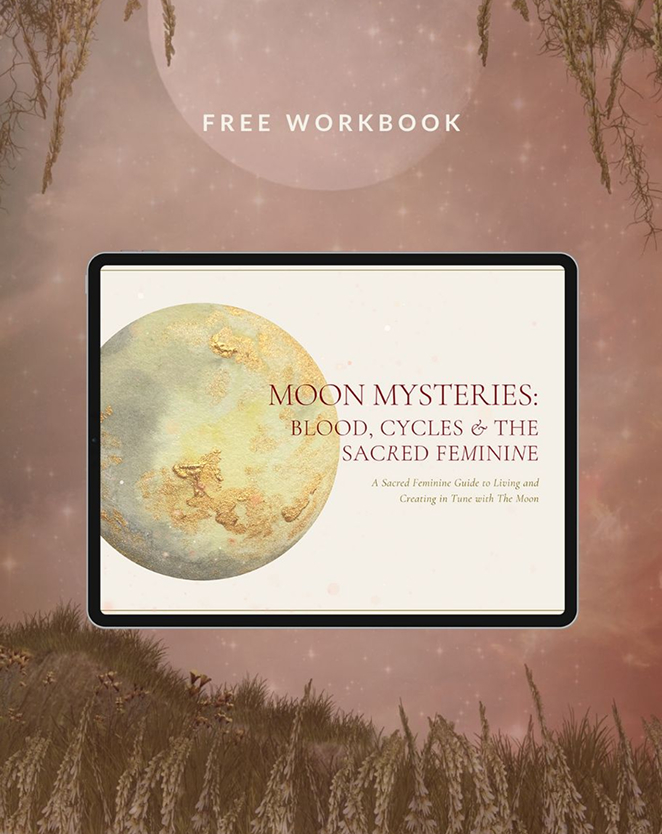

On August 1st (based on the Gregorian calendar), we welcome the first harvest festival of the year, Lughnasadh, also known as Lughnasa (or Lúnasa, in modern Irish), Lughnasagh, Lughnasad, Lammas, Harvest Home, or the Feast of Bread. These days mark the cross-quarter day between Summer Solstice and Autumn Equinox and are ruled by Leo and the Sun. It is also the first descent towards cooler days and autumn is only a few weeks away. Solar Lughnasadh arrives on August 7th, when the sun moves into 15 degrees Leo and Lunar Lughnasa is when we arrive at the full Moon in Aquarius on the 11th of August (based on the North Western Hemisphere's time zone). I prefer to celebrate the High Holy Days on their solar date, as it feel more exact than the date on the calendar which is no longer aligned with the star system it once was.

Lughnasadh, the first harvest festival is the harvest of grain & corn, where a feast is prepared in harmony with that which is abundant from the first harvest. It is a time to enjoy what has been planted earlier in the year and take stock of all the blessings that have come forth. It is also a time to take inventory of what we need to move through the winter months. If at this time you feel there are some more seeds that need to be planted in preparation for the darker months - both literally and figuratively - it is a good time to do that, so they will be ready for the final harvest at the festival of Samhain on October 31st.
Lughnasa is a time for community and coming together – celebrations and festivals, and Lugh’s (the Celtic god) own festival which was said to have lasted for two weeks!
Many earth-based cultures around the world honour the cycles of death and rebirth. Lughnasadh is no different. This powerful festival is a time to celebrate the proverbial “death” of the foods that nourish us, for the barren months ahead. Their spirits stay with us through bread and other creations to help us sustain winter, to be reborn again in spring.

Lughnasadh is connected to Lugh, the “Bright One” or “Shining One” and is a God of fertility and agriculture. As a God, he was said to be raised by a mortal mother, Tailtiu, who died from exhaustion from clearing the land for agriculture. She was given a festival each year to honour her as a great mother and provider. Today, Lughnasadh rites include offering the first of the corn, grain, and what has come through in abundance.
The invitation during Lughnasadh is a beautiful one - take note of what is taking up space in your mind and spirit, and then move out to your pantries and shelves. What can be cleared now, and what harvest is needed at this time?
Strong symbols during Lughnasadh include bread, baskets of abundance, and grain mother dollies. It is said that the bread made from grain harvested during this time would contain the spirits of the gods to help them stay nourished all winter. Often times people would break the bread into four, to represent the four directions, and would even toss pieces of the bread in the festival fires for protection and abundance.
The Mother Dolly is said to contain the spirit of Tailtiu, Lugh’s mortal mother. They would be placed in homes and on altars as ways to protect the homes and bring abundance and were also seen as amulets for fertility.
The abundance basket is also a beautiful symbol of the harvest of the season. Filling up a basket with the gifts of the season and placing that within the home to both appreciate and nourish.
With every turn of the Wheel of the Year, we are invited to change our altar, as a way to deepen our connection to each season. Lughnasadh is a wonderful time to create an altar as an ode to abundance and gratitude. Here are some suggestions on how you can create your own Altar for Lughnasadh.

If you’re feeling in the mood for some merry-making and would like to move, listen here to The Feminine Code’s Lughnasadh’s playlist.
Sending great harvest blessings to you!
%20(1)%201.jpg)
%20(1)%201.jpg)

